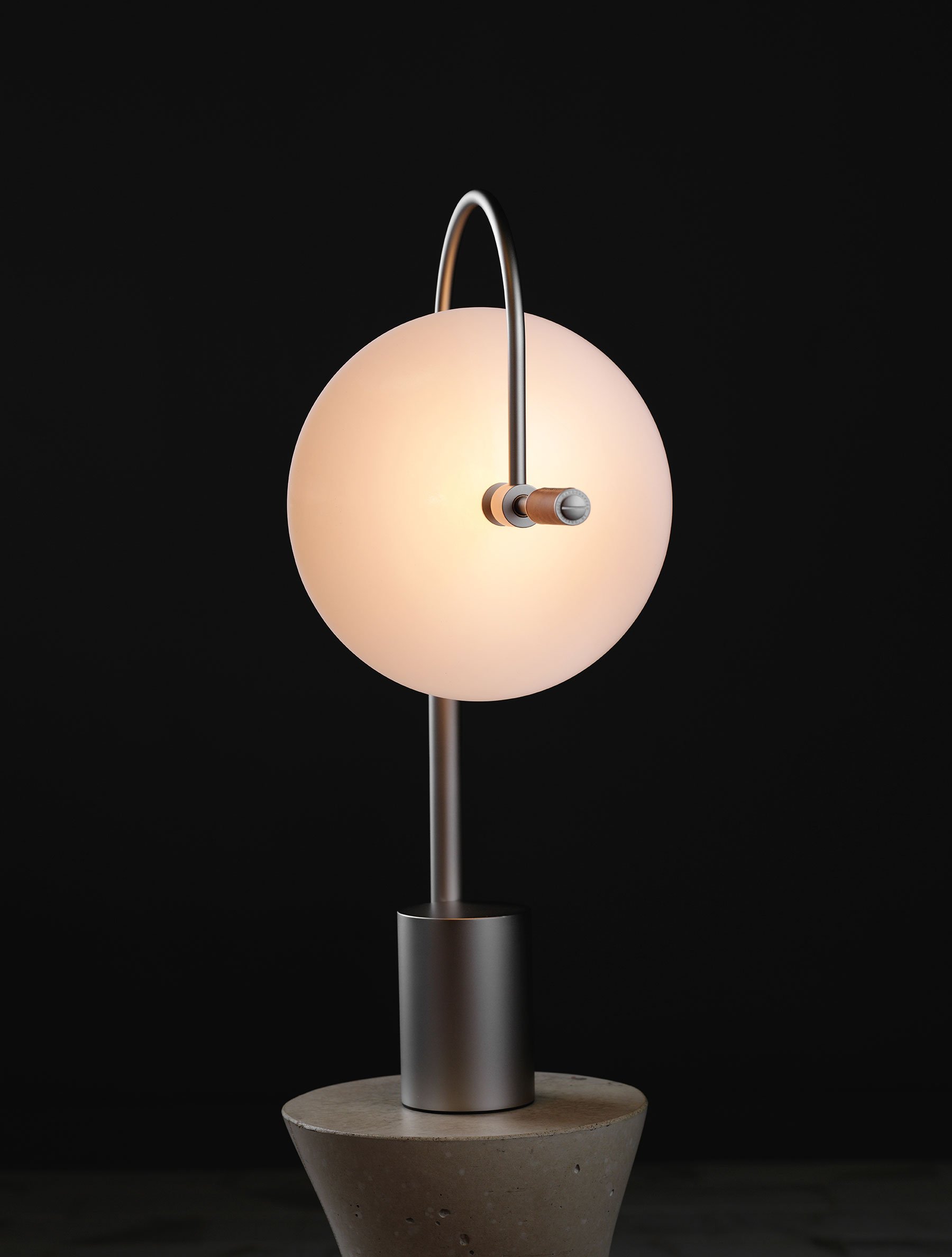Allied Maker
Lanette & Ryden Rizzo talk about their Brooklyn based lighting company.
ADA Alabaster Sconce ©AlliedMaker
FAME: Where are you from and how did your passion for lighting start?
©AlliedMaker
RR: I’m from Sea Cliff, New York. My passion for lighting began when I made my first lamp, but it was seeded long before. I attended Parsons School of Design and focused on photography and new-media art that often involved elements of light. Growing up in my father’s Jewelry design studio and workshop, I experienced the craftsmanship of intricate metalwork and the importance of finishing. Lighting is often called the jewelry of the home, so when I started making lighting, my upbringing and interests all aligned, and a literal light bulb went off in my head where I knew I found my life’s passion. I don’t think there is one particular moment where the passion started.
LR: I’m from Blauvelt, a small town in the lower Hudson Valley. My mother was a homemaker and I mean that in the truest sense of the word. She was always working her hardest to make our house feel like a home. From a very early age, I deeply loved picking out fabrics, furniture, curtains, linens, paint - all of it. Quite honestly though, lighting was always my favorite element because it has the power to really transform the design and enhance elements in the room.
FAME: Why and how did you start Allied Maker?
RR: Allied Maker started as a love affair with the workshop and a passion for maker culture. After attending a school in Vermont for Lutherie where I learned how to handcraft acoustic guitars, I became addicted to the workshop. Well-organized tools, a perfectly positioned workbench, the feeling when you walk in in the morning and anything is possible. My dream was to build a beautiful workshop space where I could create beautiful work. And in 2012 I did, renovating the garage into my little slice of paradise.
Aperture Table Lamp ©AlliedMaker
LR: I'm technically not an original founder but I do feel like a founder in my own way. Ryden and I met when he was still working in the garage out of his childhood home. He toured me in the space and the seed that was starting to take roots there grew in my mind’s eye and I could see the path to make it into a substantial company. With my production and creative background, I created many of the workflows we still rely on today. Additionally, the aesthetic of Allied Maker changed once I came into the picture. While Ryden was creating super beautiful products, I think I elevated the standard from "workshop Brooklyn maker", to artisan maker with more of a luxurious vibe. I think Ryden was pulling out all the stops to impress me.
FAME: What makes you different from other lighting companies?
RR: Our design language helped redefine a contemporary category of American design - approachable yet elevated, interesting yet livable with high quality on every level. We’re made in the USA, engineered to perfection, and built to last multiple lifetimes. Our finishes are all honest, subtle, and artfully executed. They feel perfectly natural yet meticulously executed. We feel there is little comparison to the quality we bring to the industry, fueled by our obsession with the details and passion for what we do.
LR: We are made to order and manufactured in the United States, truly. All our parts are fabricated, finished, and assembled in the United States. We focus on timeless designs that can stand the test of time. Our products feel familiar and friendly, yet modern. We use honest finishes; we rely on time-honored patinas and oxidizing processes. We also are always upping the ante on our engineering, making sure we are delivering the highest quality products.
©AlliedMaker
FAME: What is your creative process like?
LR: Many times, the initial ideation is created in conversation and napkin sketches between me and Ryden. We discuss materials we want to use. Shapes we would like to incorporate, processes we are interested in, or new tools that will drive our creativity to new places. Ryden and I are constantly sharing ideas and things we are inspired by. When an idea takes root, Ryden draws out detailed designs and executes a prototype. I then either add final touches based on the prototype, maybe a simple detail that makes the difference, or suggest something that requires a complete re-work. Ryden will then go back through the design process and take it home to be introduced into the collection.
RR: In the founding years, I was handcrafting each prototype from start to finish, so the creative process would start with a rough idea, but always had the limitation of what I could make myself in my workshop. Nowadays we have very few limitations placed on designs we wish to execute. Inspiration comes from just dreaming in spaces and imagining lighting fixtures that would complement it, or by an artist or designer’s aesthetic.
I first sketch the design roughly on paper, then gradually grow more detail into my drawings. Then I’ll go into Fusion 360 and rough out the form and start rendering to visualize the piece. If I’m still excited by the work, I’ll start detailing the design for every component, engineering it for manufacturing by considering all aspects from how it’s made (often collaborating with the makers during this process) to how it will be finished, assembled, packaged, stored, etc. My design process is holistic and since our business touches every aspect of production I am thinking about all the details up-front during the creation process.
We then craft all of the components, add the finishes desired, and assemble and install the prototype into our photography booth. As a designer, doing the initial assembly and installation truly helps inform meaningful changes. As a photographer, seeing the fixture through the lens helps me focus on the form and zoom into the details. I receive feedback and usually, this is where Lanette makes a change that takes it to the next level and we proceed to the final prototype that really nails the design we’re going for.
©AlliedMaker
Endless Dome ©AlliedMaker
FAME: How long does it take to manufacture one fixture?
RR & LR: So, for a new lighting fixture, usually a few months for a working prototype - faster if we are obsessed with it and really driving the force to get it done. From ideation to production model, it's usually about 6 months. Once it is in our production pipeline, from raw materials to finished products, about 10-12 weeks.
FAME: What are three common misconceptions people have about lighting?
RR & LR: The first one is that lighting a room should be accomplished with one light. Lighting should be layered and tell a story, reveal a moment, or change the mood. The second is that the lighting fixture is responsible for flickering. A lot of times flickering or things happening with the lamp are attributed to compatibility issues with the bulb and the dimming system. Unfortunately, many of those products are made abroad and we've found it is very hard to nail that perfectly. The third misconception specific to us, which is that we just have inventory lying around. We make them. Actually make them. No magic fairies. Just lots of humble makers doing their thing. There is something special about having an item made specifically for you. It creates less waste, and it is our belief that this is the best way for products to enter the world.
FAME: How big is your team and who is part of it?
RR & LR: We have 55 people today, but we are in a bit of a growth period. We will likely be 60 by the end of the quarter and 65 by the end of the year. We hire industrial engineers, artists, tech gurus, tinkerers, skilled laborers, excellent communicators, sculptors, designers, illustrators - makers. We love our talented team. It is also an incredible place to work because of all the creative minds coming together.
©AlliedMaker
FAME: What do you love most about what you do?
LR: I love seeing our mark on the world, making the world a brighter place. We love seeing our lights in restaurants and homes and headquarters around the world impacting the environment. This year alone, we have contributed to 5 airport renovations, which is such an honor. Spaces like that that are scarcely renovated and have historically been touched by the most influential architects and designers of the world like Charles & Ray Eames, Eero Saarinen, Arne Jacobsen, just to name a few, gives me the chills.
RR: I love finishing the first prototype of a new design. I get so excited in anticipation for the parts to be completed, and when they’re delivered my world stops and I’m completely consumed in the process of creating and getting excited by the design - visualizing it going through production and being installed in beautiful projects around the world.
FAME: What is next for you and your company?
RR &LR: We’re focused on the continuous improvement of our designs and our workshop. We’re constantly pursuing new designs and re-engineering old ones to make meaningful high-quality improvements based on years of manufacturing experience producing our work. We’re always training and sharpening our skills as designers and makers and pushing our limits to produce the best work possible.
Additionally, we are building a brand new headquarters, upgrading us to 75,000 square feet of maker space to grow our vision and explore new possibilities in Glen Cove which is on the North Shore of Long Island. We expect to be moving in early 2025. This is a space that will not just reflect our best foot forward in manufacturing based on everything we have learned these last 10 years, but also a space where we can host the design community in a space of our own design.
Aperture ©AlliedMaker








